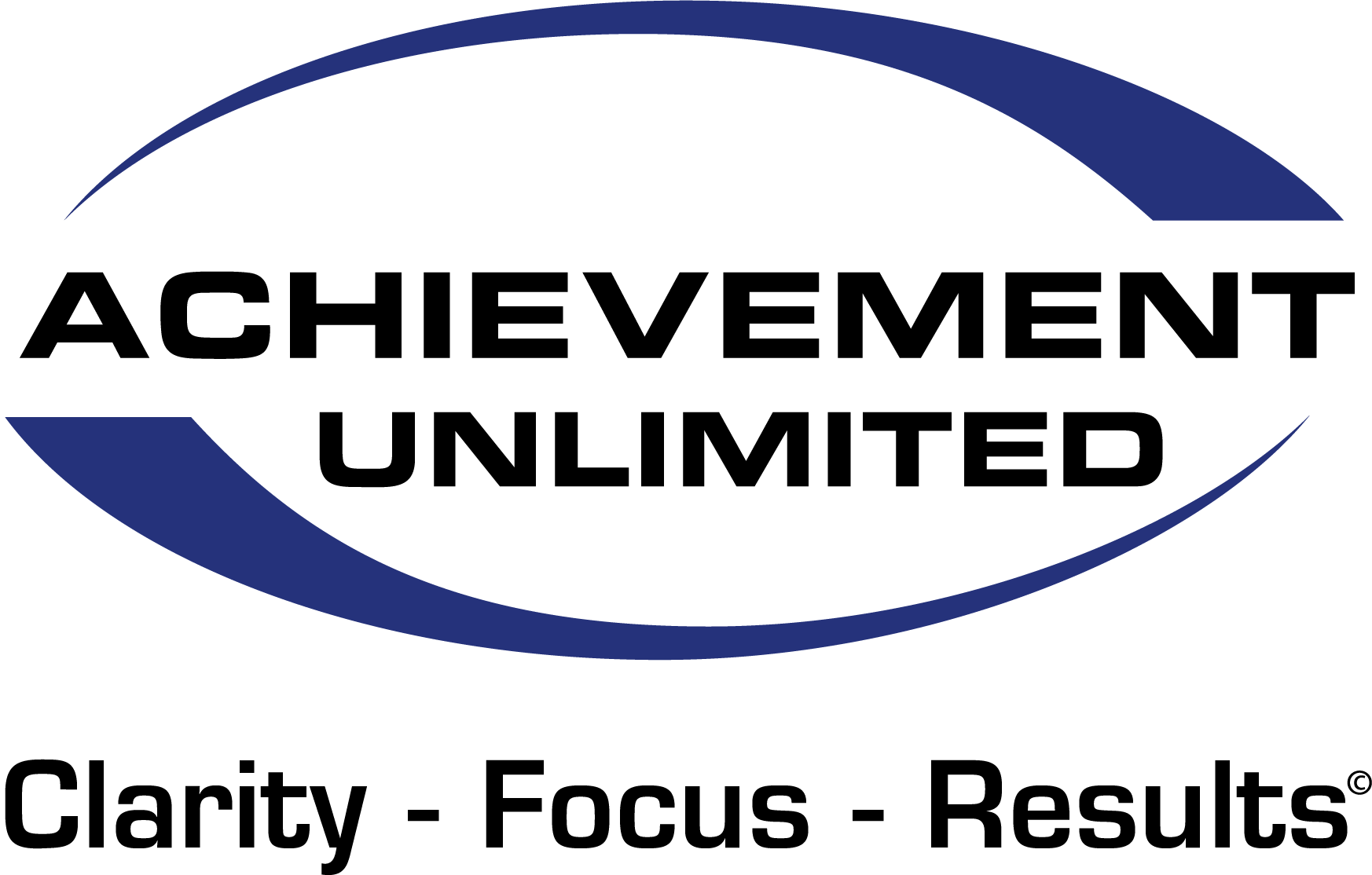The Greatest Challenge is Going from Doer to Leader

By Michael Gidlewski
The greatest challenge is going from doer to leader.
The greatest challenge I see every day in the marketplace is individuals being promoted to a management or leadership position because of their great ability to get the job done. They are the best doer (i.e., technician, salesperson, or worker bee).
They are great at execution, and we promote them to management. If they are lucky, they get the half-day workshop on everything you need to know about managing, motivating, and helping your people unlock their potential for greatness. However, most of these folks come to the table with MBAs – Management by Accident.
They have very little knowledge or training of the traits to become successful in the job. Most of the training is on-the-job training with little feedback. Thus, they are doomed to eventually fail or burn out.
Excellent managers and leaders are made, not born. We need to develop our people to maximize their talents and leverage their strengths. By focusing on your strengths, you can apply your time, effort, and energy to the areas that are most productive in your leadership role. The greatest power on Earth is the ability to discover an idea or concept that inspires people to reach their greatest potential.
Let’s look at results for a moment.
Why do you get the RESULTS that you’re getting today? Isn’t it because of your behavior or the way you ACT? Don’t good ACTIONS produce good RESULTS, while bad ACTIONS yield bad RESULTS?
Another word for action is habits. If you keep on doing what you’ve always done, you’ll keep on getting what you’ve always gotten, right?
Wrong. The world we live in is moving at warp speed. Everything is changing fast, so if you don’t change and adjust, you’ll be left behind.
If you want to improve the RESULTS you are receiving from life, then you must look carefully at your ACTIONS. The most powerful way to shape your life is to take action.
What then determines your ACTIONS? Why do managers and leaders act as they do? We take action based on the way we think, right? How a person acts is the outcome of what that individual thinks and feels.
Psychologists tell us that THOUGHT, either conscious or subconscious, always precedes ACTIONS. If your actions are wrong, it can be traced back to how you are thinking. Most mistakes based in ACTION begin first as mistakes based in THINKING. How you think is how you do. Your thoughts will shape the events in your lives for years to come.
On Feb. 19, Peter Demarest and I are teaming up to deliver the Self-Leadership Breakthrough Workshop for business owners and executives who want to make 2020 a breakthrough year. The workshop will help you unlock the greatness that is inside of you, waiting to be set free. It’s your thinking that stands between you and the leader you were meant to be. Using the science of Axiology and the VQ Assessment, we will help you become the best leader possible to move from the doer to the leader.
Click here to register.





Recent Comments